When we look up into the sky on a clear night, we see messages from the great eternal time machine. Those stars are actually bright suns. What we see is the light that left them many years ago. The star at the end of the handle of the Big Dipper, Alcaid, is shimmering with light given off 190 years ago, around 1831. The light from our own sun is only 8 light minutes away.
Even though our naked eyes can see 5,000 stars outside our Solar System, there are 4,719 known exoplanets that orbit around a star as we do. Astronomers have been busy in the last two decades, since the time of Wolszczan, Frail, and “Baby’s Got Back.” The number of exoplanets near our solar system are far fewer, only 97 of these new kids within 32.6 light years. The probability of a habitable planet spinning around in there somewhere is about one in twenty.
Our best chance of finding a receiver lies within those light years, which extends 2016 back to 1983. Our most distant listeners could be getting the first episodes of America’s top three shows: Dallas, 60 Minutes, Dynasty.
Even though we can equate vast miles of space down into simple light years, the incredible distance we are asking a signal to propel itself could result in a cosmic spoiler. Think of a sheet of paper’s thickness as 93,000,000 miles, the distance from the Earth to our Sun. To reach this nearest star, we would need a stack of paper at least seventy feet high. When Eddie Haskell needles the Beaver, it goes on for a long, long time.
We didn’t find the exoplanets orbiting Gliese 876, a red dwarf, until 1998 At 15.3 light years distant, the amount of television Glieseians have seen is all the way up to 2006. They might be Will and Grace fans. On whatever they call headphones, they hear Ne-Yo, Rihanna, and Gnarls Barkley.
Here’s a chart that is just a sampling of what is out there, listed by star system, distance from Earth, the approximate year they will be receiving in 2021, and the number of known planets in the system as of now. New ones are discovered every day, they don’t have many cool names yet, just b, c, etc. But up to Gilese 357 at 30.803, all the previous planets have atmospheres that could be compatible with what we know as life. Zeta Hercules (the only system on this list, included strictly for its great name) on down we just know there are planets in orbit.
In space, longevity is key. Alien recognition increases with the number of impressions. Johnny Carson, a regular TV performer throughout the 50s, appeared almost nightly hosting NBC’s The Tonight Show for 30 light years from 1962-1992, a total of 4,531 appearances. Jay Leno also makes a strong presence because he didn’t use guest hosts. In two stints as the show’s host--don’t forget Conan--1992-2009 and 2010-2014, Leno is riding across the stars in 4,610 episodes!
Aliens could also be big Lucy fans. Lucille Ball's I Love Lucy debuted in 1951, other shows followed, and many of them are still seen today in syndication. That gives Lucy a whopping 70 light years of coverage, and makes you wonder what "Ethel, help! Ricky is bringing Cesar Romero home for dinner and I burnt the casserole!" means on Van Maanen's Star.
Long running series are more likely to be seen, as opposed to those canceled after 13 weeks. Don’t forget the soap operas either, as we force the problems of abortion, incest, drug abuse, and men without feelings on our advanced audiences. Light Years of Our Lives?
Throughout much of the video spectrum, we dish up daily doses of man's inhumanity to man. Tales of war, drugs, poverty, disease, and dancing with the stars get the galactic exposure. Hoarders, Kardashians, 600-pound lives, MTV Spring Breaks, Fox News, and Dr. Pimple Popper are still earthbound. In space, no one can see your cable.
"Some of our radars are easily detectable quite far, hundreds of light-years, into space, if the aliens wish to try, and if they're in the beam. Of course, no one more than about 50-70 light years away will have yet heard from us, but I figure that our earliest broadcasts are washing over about one new star system each day. So the potential audience is growing." --Seth Shostak, Seti Institute astronomer/BBC News Magazine/Aug 8, 2008
Note: In that same article, Shostak calculated that “NASA's recent broadcast of Beatles music towards Polaris, the North Star, using a 210 foot antenna and 20kw of power, would require any potential aliens to have an antenna seven miles across to be aware of it. To actually receive it as music, this would need to be increased to a 500-mile wide antenna. Polaris is 430 light years away.”
We may be looking for Pepperland beyond the stars, but suppose our signals were picked up by some hostile world, complete with villains, just looking around for another intergalactic posterior to kick? What if we had to use our Star Wars technology in a real honest to goodness Star War? Britain's astronomer royal, Sir Martin Ryle, once advocated we keep the "noise down" here on the party planet to prevent the attraction of unworldly undesirables.
For all we know, we are still all alone. Our hubris is such that the exoplanets that have been identified as favorable for life are classified as such because of their possibility of having water. Our imaginations are self limiting.
If a distant planet can zero in on Earth as we are able to monitor distant worlds around Delta Trianguli and Beta Virginis, it could be a interplanetary game changer. We are asking a lot out of our video pen pals. They need to be able to find us and our particular static through light years of interference. Then they need to make sense out of an electric jigsaw puzzle where all the pieces are floating around, a zero gravity salad of signals that have arrived there in a vacuum. A collage of our very existence, divided up and shot through space day after day since the time of J. Fred Muggs and the Lone Ranger.
If all these nerd dreams come true, we are still asking our blind dates from beyond time to figure out so much we take for granted.
The Kepler space telescope, which ran out of fuel after nine years of gazing into deep space, revealed billions of hidden planets, more planets than stars. NASA estimates show that prime time may indeed exist beyond our Nielsen capabilities. In 2021 we now know that there are as many as 300 million potentially habitable planets in our galaxy.
Oddly enough, the first baby clue we have received that there might be an unearthly audience out there, involves Voyager 1, who coincidentally plays the key to the cosmos in the first Star Trek motion picture.
Launched Sept 5, 1977, loaded with Chuck Berry and Bach recordings and its own record player, it is the most distant man-made object in space, over 14 billion miles away and still reporting. It left our solar system in 2012, the first object to enter interstellar space.
Last week, the journal Nature Astronomy announced that Voyager has discovered a constant “hum” of interstellar plasma that lasts for at least three years. “Hummmmmmmm………” It isn’t the first. We have tracked signals from 5.5 billion light years away. But it is the latest.
Is it a response? A critic? Some kind of alien hacker who is hooked on Ellen and has no idea what is coming?
Perhaps. If so then someone or something else knows that there is life on this, the television planet.

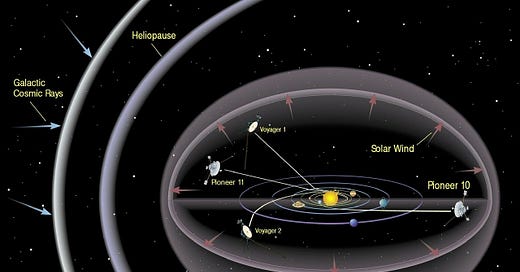


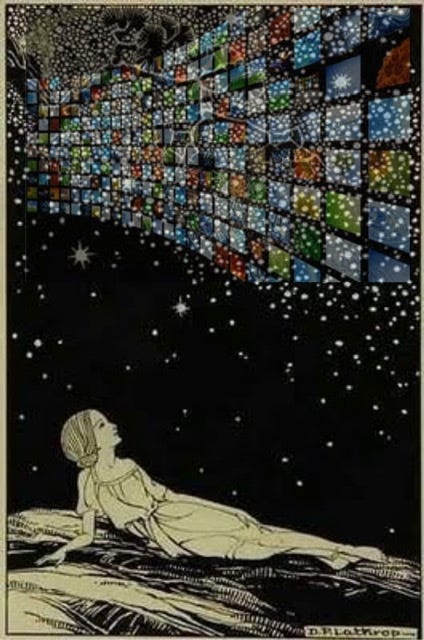

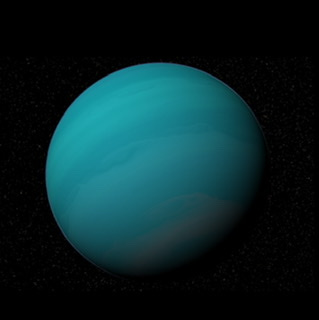
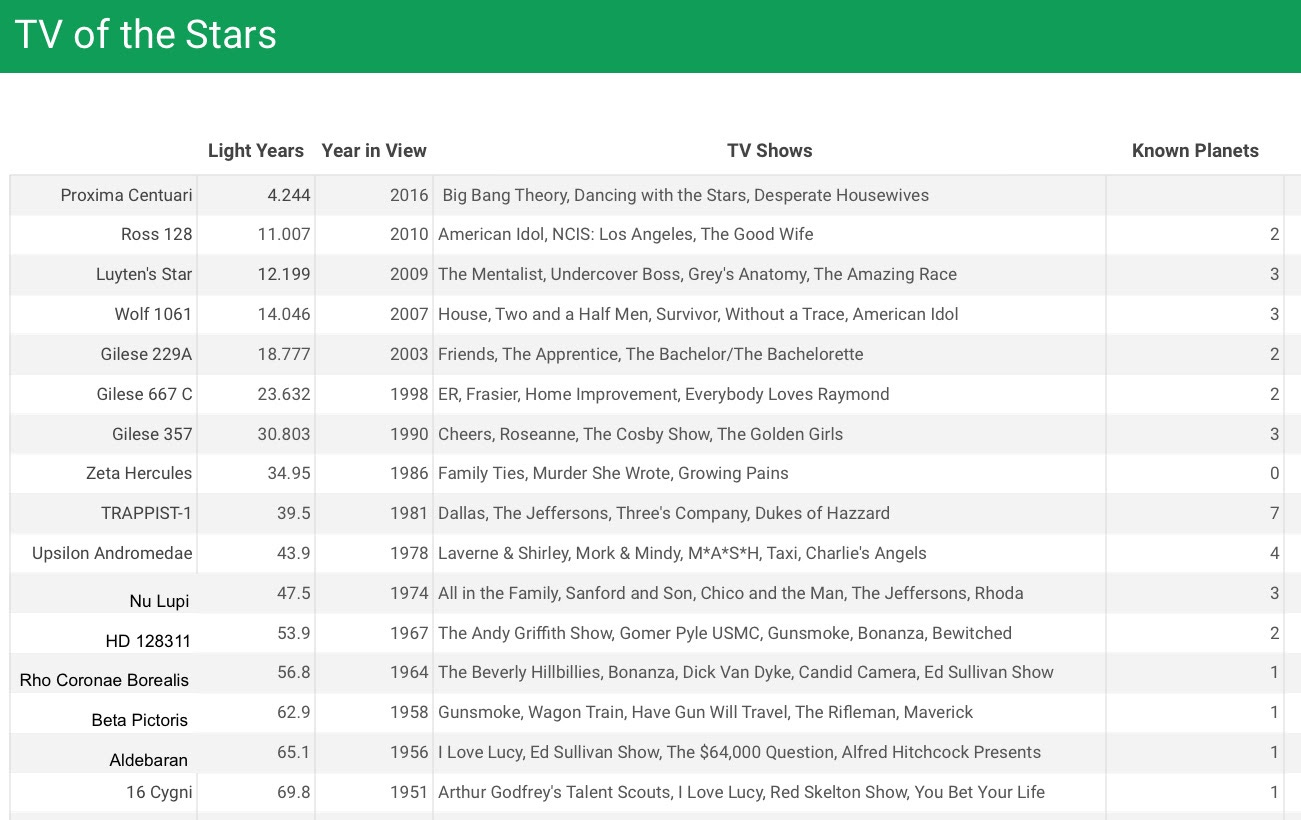
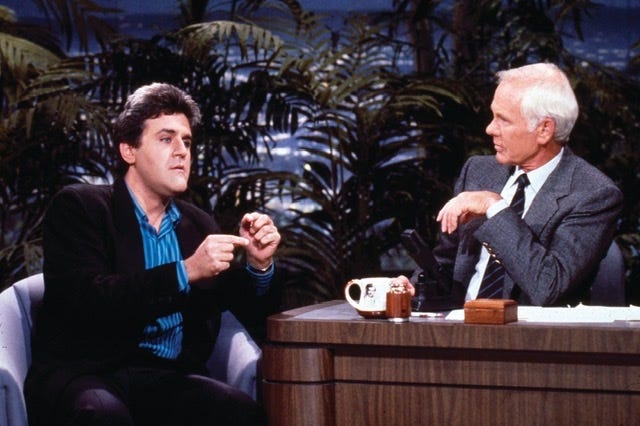
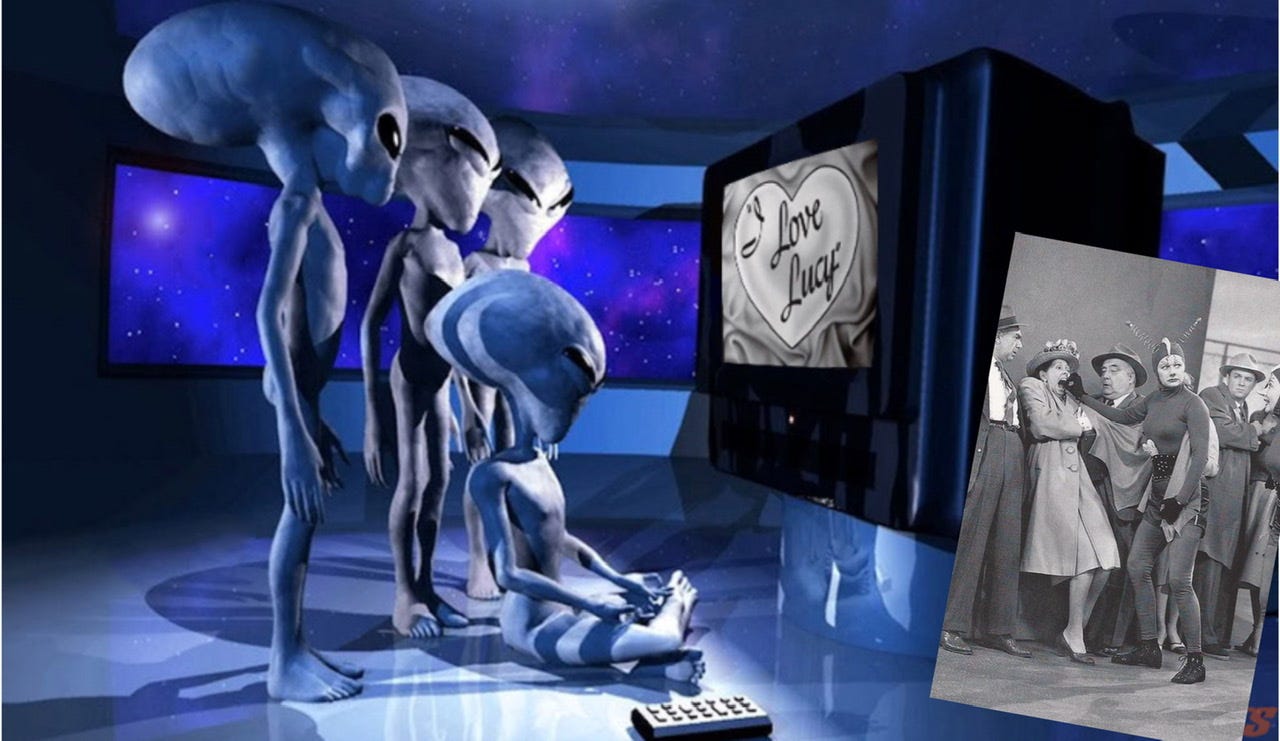
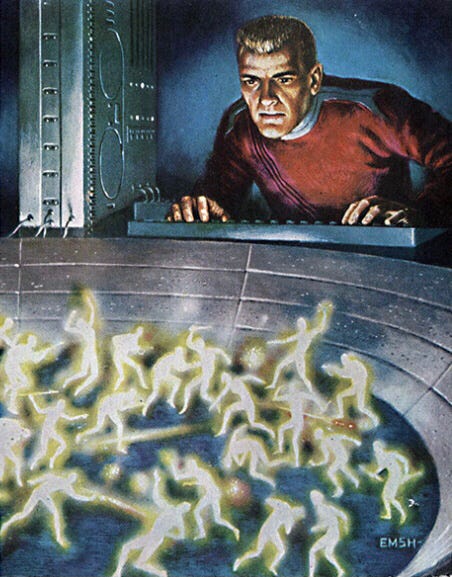
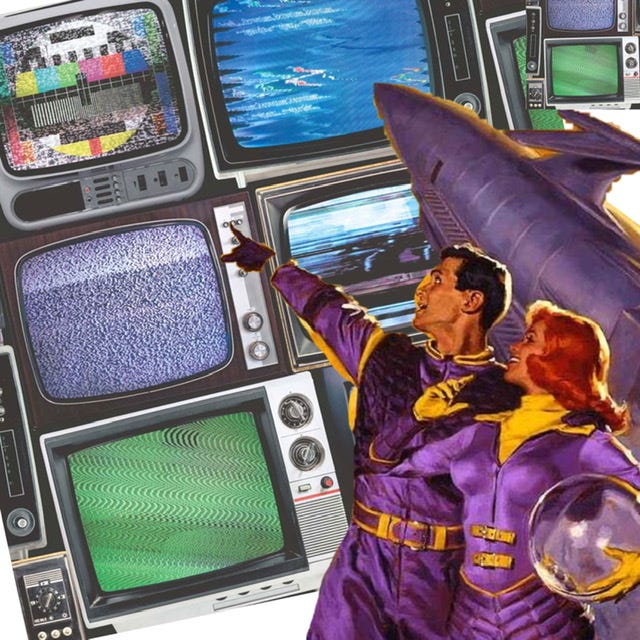
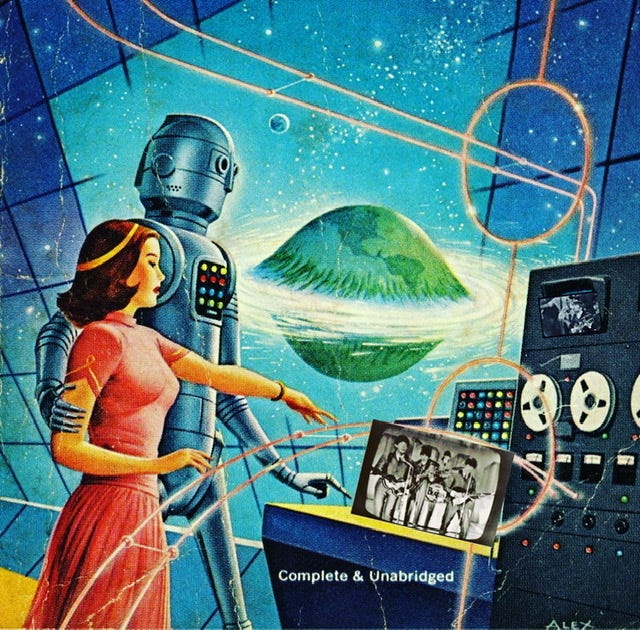
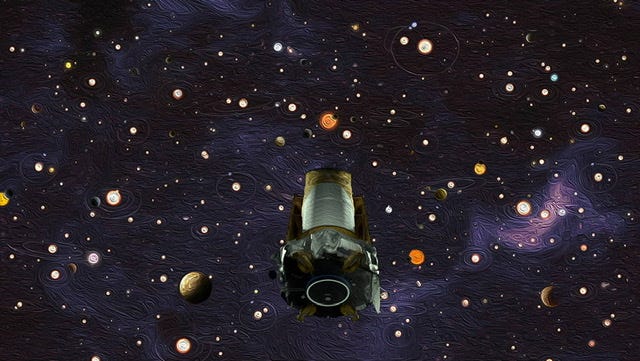



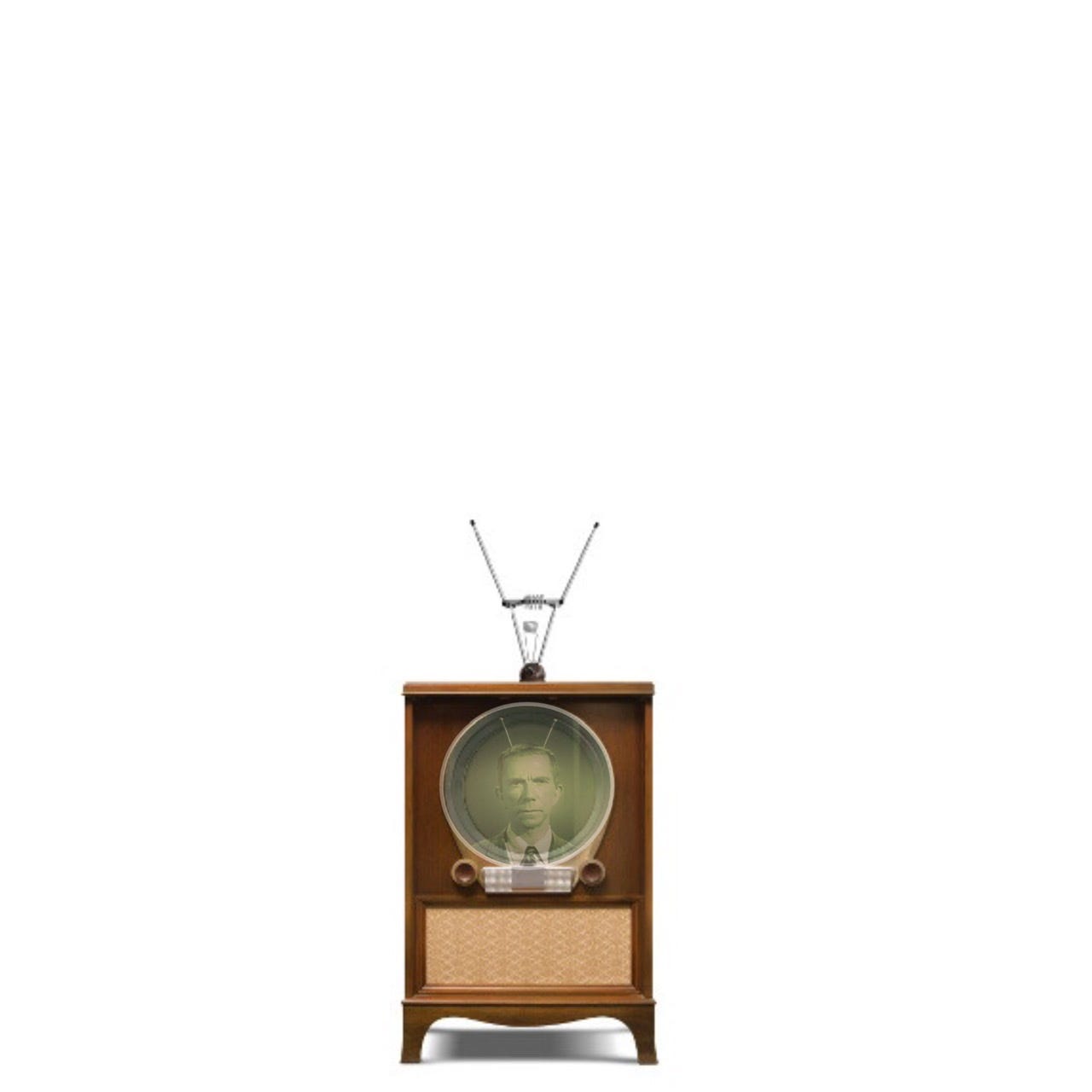
This just in: An ancient star casts new light on the birth of the universe.
https://iopscience.iop.org/article/10.3847/2041-8213/abf93d